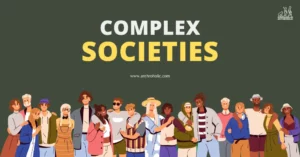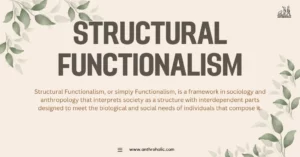AI Answer Evaluation Platform Live Now. Try Free Answer Evaluation Now
Tribe-Caste Continuum
The Complexity of Indian Society
Indian society is unique in its intricate interplay between various socio-cultural groups, including tribes and castes. The concept of a Tribe-Caste Continuum encapsulates the blurring boundaries and interactions between these groups, illustrating the fluidity of identity and status within Indian society.

Tribe and Caste: Definition and Differences
Tribes in India
Tribes or ‘Adivasis’ are indigenous communities that have retained their traditional cultures and reside in remote areas. They are often seen as isolated from the caste system, maintaining their own unique customs and governance structures.
Caste System
Contrastingly, the caste system is a rigid, hierarchical social order dividing people into various categories, primarily based on birth. The four primary varnas are further divided into numerous sub-castes (jatis), each with its occupation and status.
The Tribe-Caste Continuum: An In-Depth Analysis
Concept and Evolution
The Tribe-Caste Continuum is not a static phenomenon. It represents the ongoing, dynamic interaction and fusion between tribes and castes, creating a spectrum rather than separate categories.
Assimilation and Sanskritization
The process of Sanskritization involves tribes adopting Hindu customs, rituals, and ideologies. Over time, they may identify with or be recognized as a particular caste. This process has occurred throughout Indian history and varies regionally.
Economic Factors
The introduction of markets, new technologies, and occupations has led to increased interaction between tribal and non-tribal communities. Economic development often influences the blurring of traditional boundaries, reshaping tribal identity and status.
Political Landscape
The political scenario, including reservations and protective policies, has further stimulated the Tribe-Caste Continuum. Tribes may identify with castes to gain political advantages or face pressures to integrate within the mainstream caste system.
Regional Variations
The Tribe-Caste Continuum is not uniform across India. Different regions show varying degrees of integration and interaction, influenced by historical, cultural, and economic factors.
Implications and Impact
Social Changes
The Tribe-Caste Continuum has brought about significant social changes, reshaping identities, altering status, and redefining traditional boundaries. It has also led to conflicts and tension between communities.
Legal and Political Challenges
Understanding the continuum is vital for policymakers. Incorrect classification can lead to unjust distribution of resources, rights, and protections, affecting marginalized communities.
Conclusion
The Tribe-Caste Continuum is an essential and multifaceted aspect of Indian society. It defies simple categorization and requires a deep understanding of the historical, cultural, economic, and political forces shaping Indian social dynamics. The future of this continuum will likely continue to evolve, reflecting broader changes in Indian society, governance, and globalization.
References
- Srinivas, M. N. (1952). “Social Change in Modern India.”
- Xaxa, V. (1999). “Tribes and Castes in India.”
- Dirks, N. B. (2001). “Castes of Mind.”
- Bailey, F. G. (1958). “Caste and the Economic Frontier.”
- Srinivas, M. N. (1960). “Caste in Modern India.”




